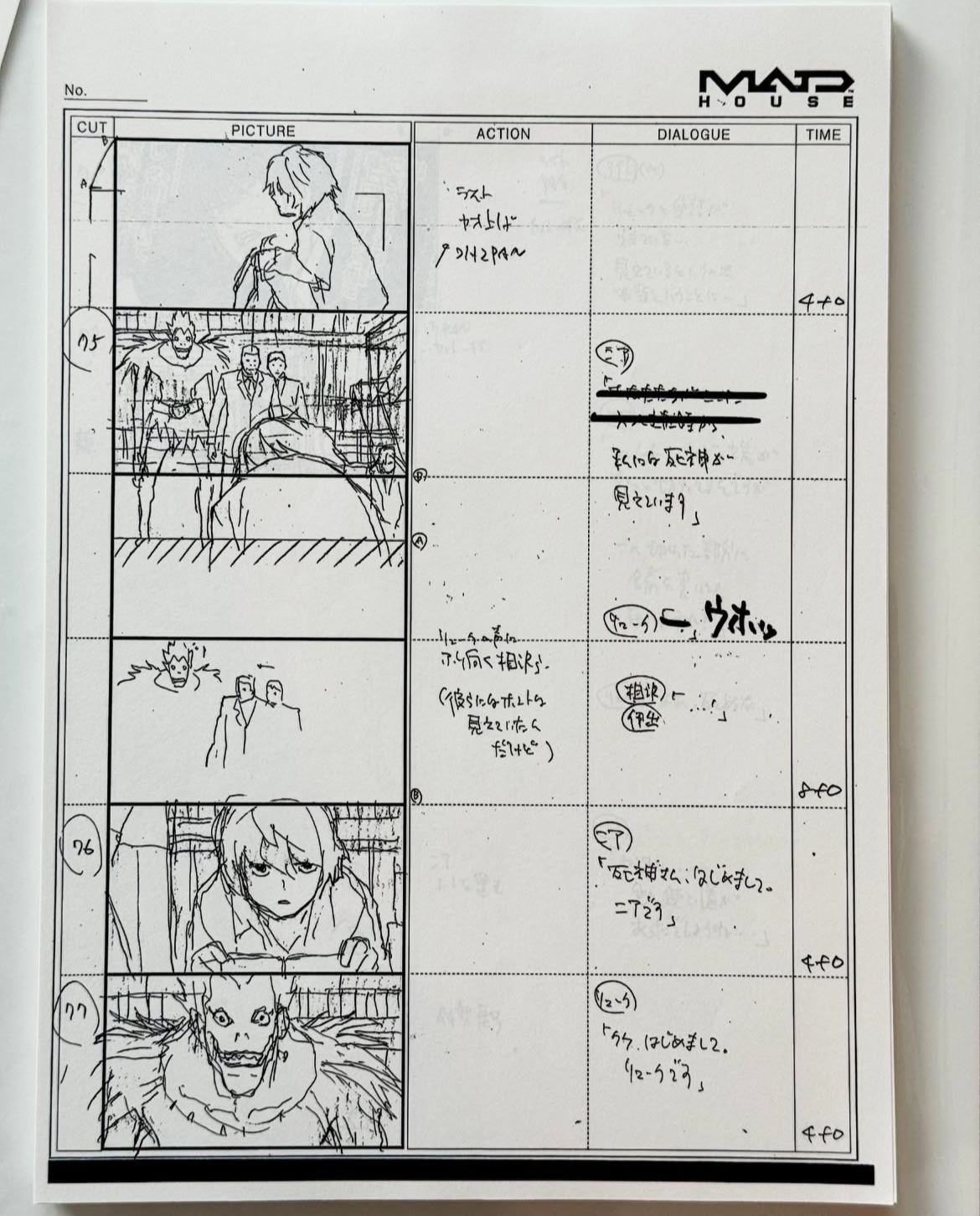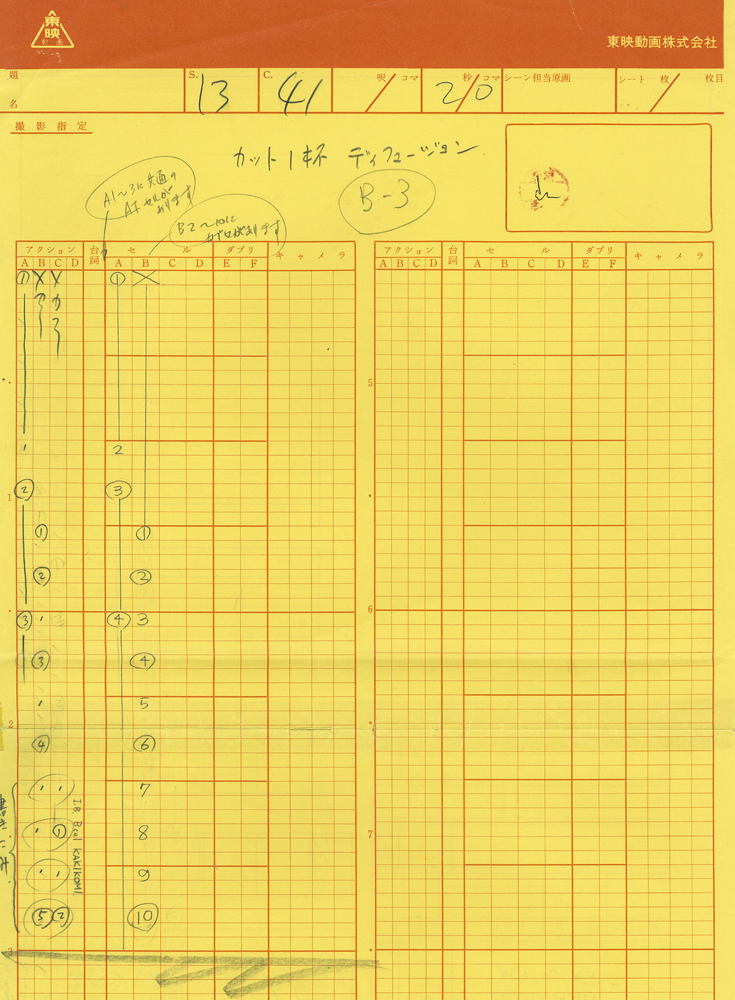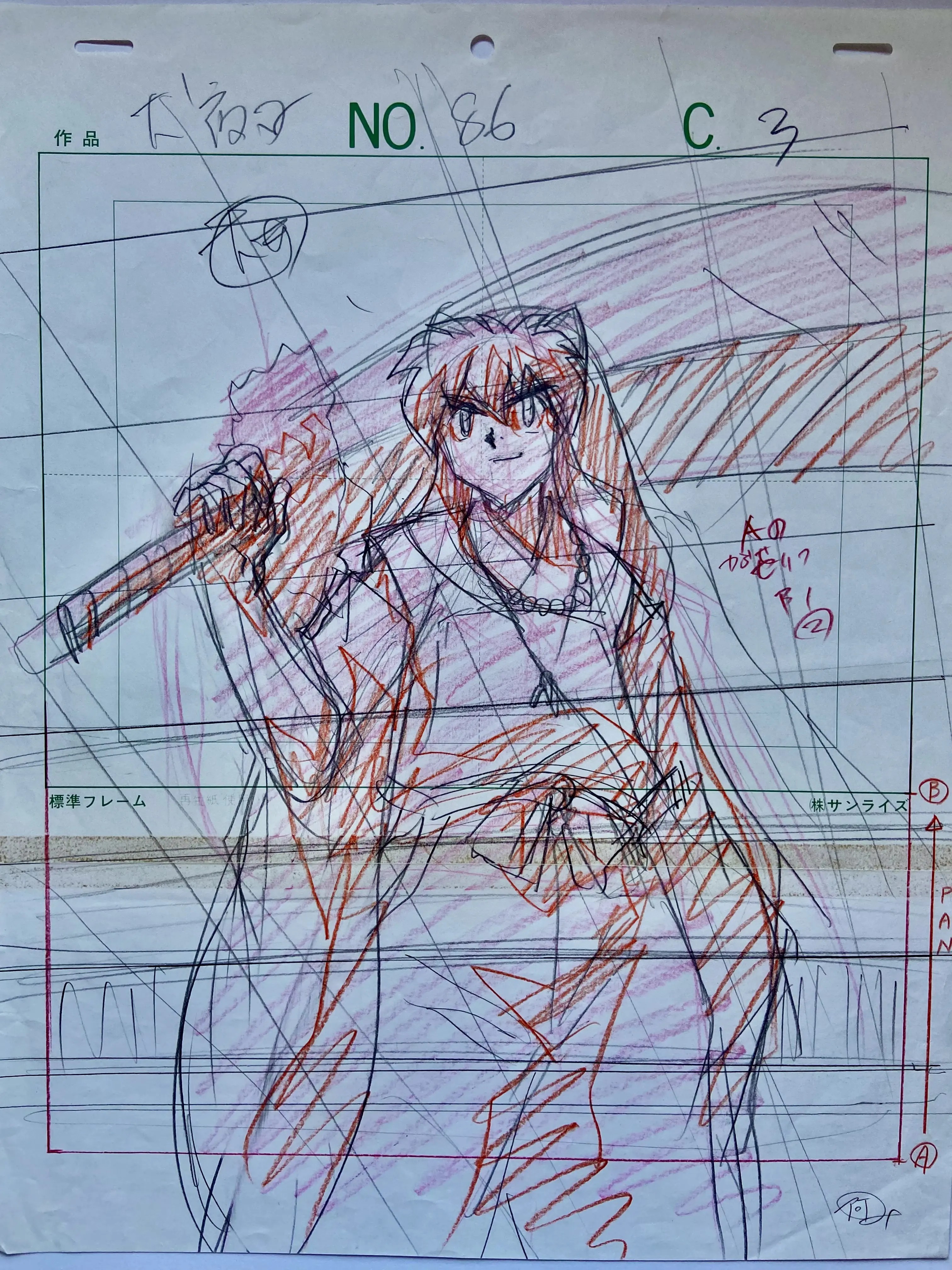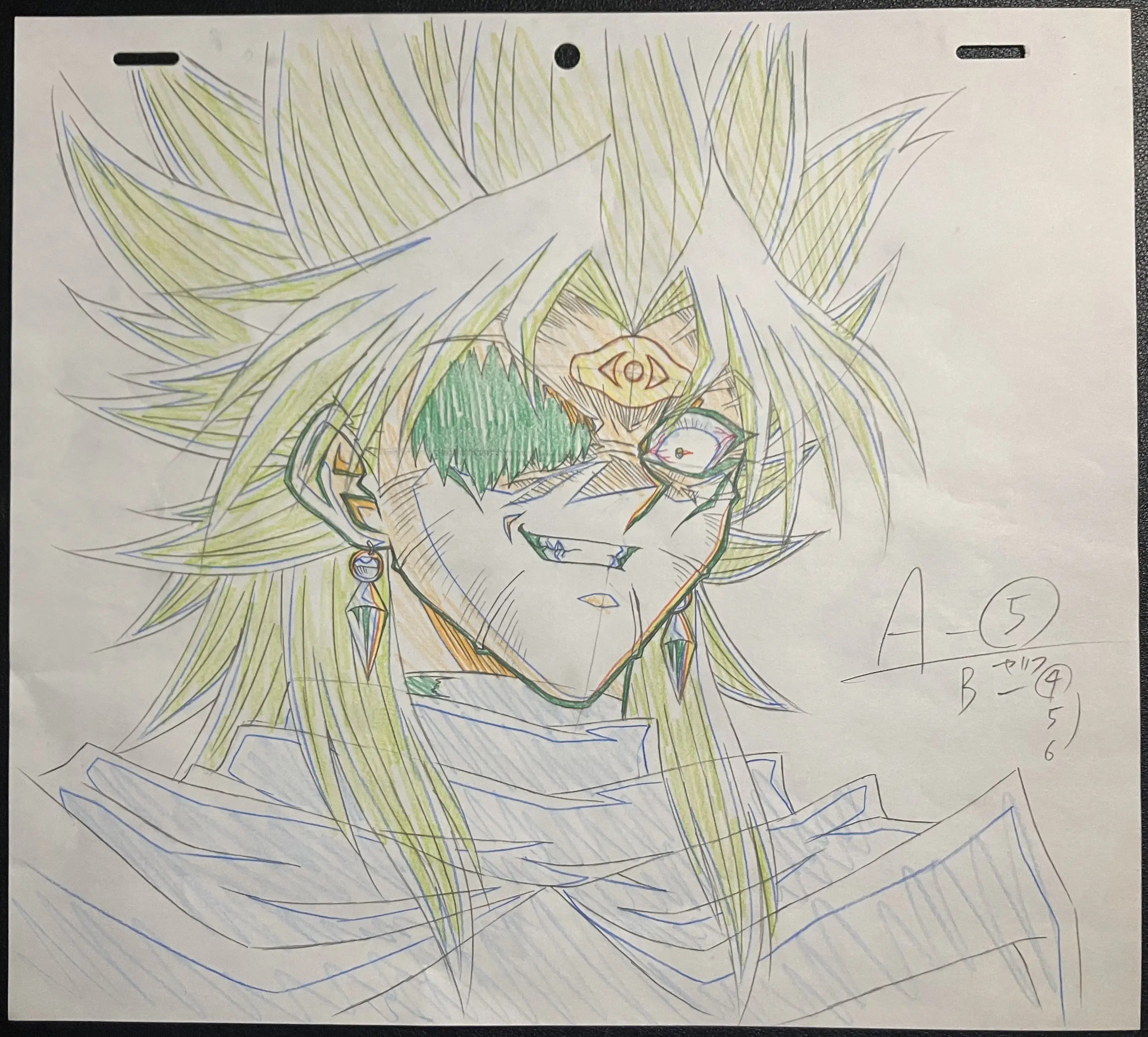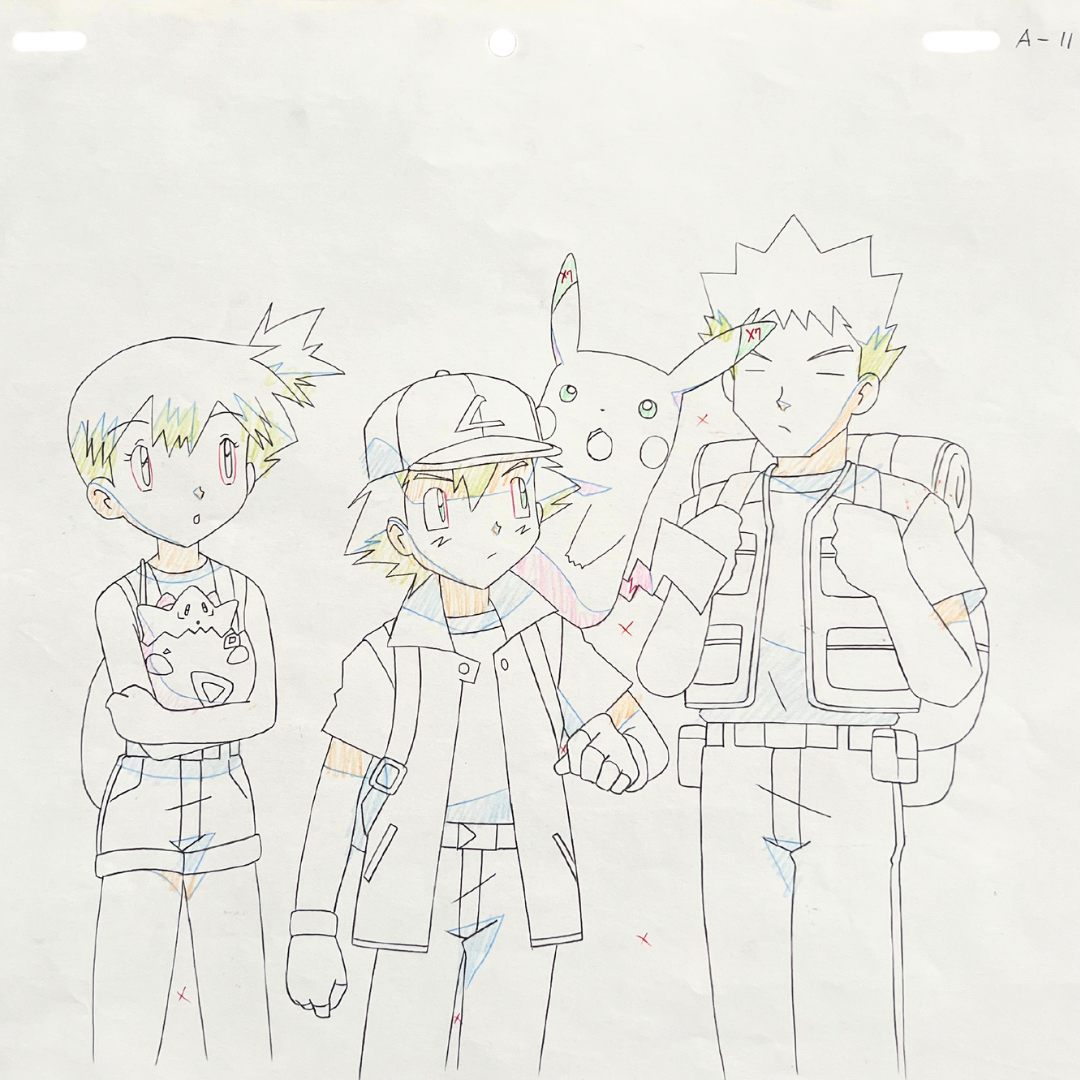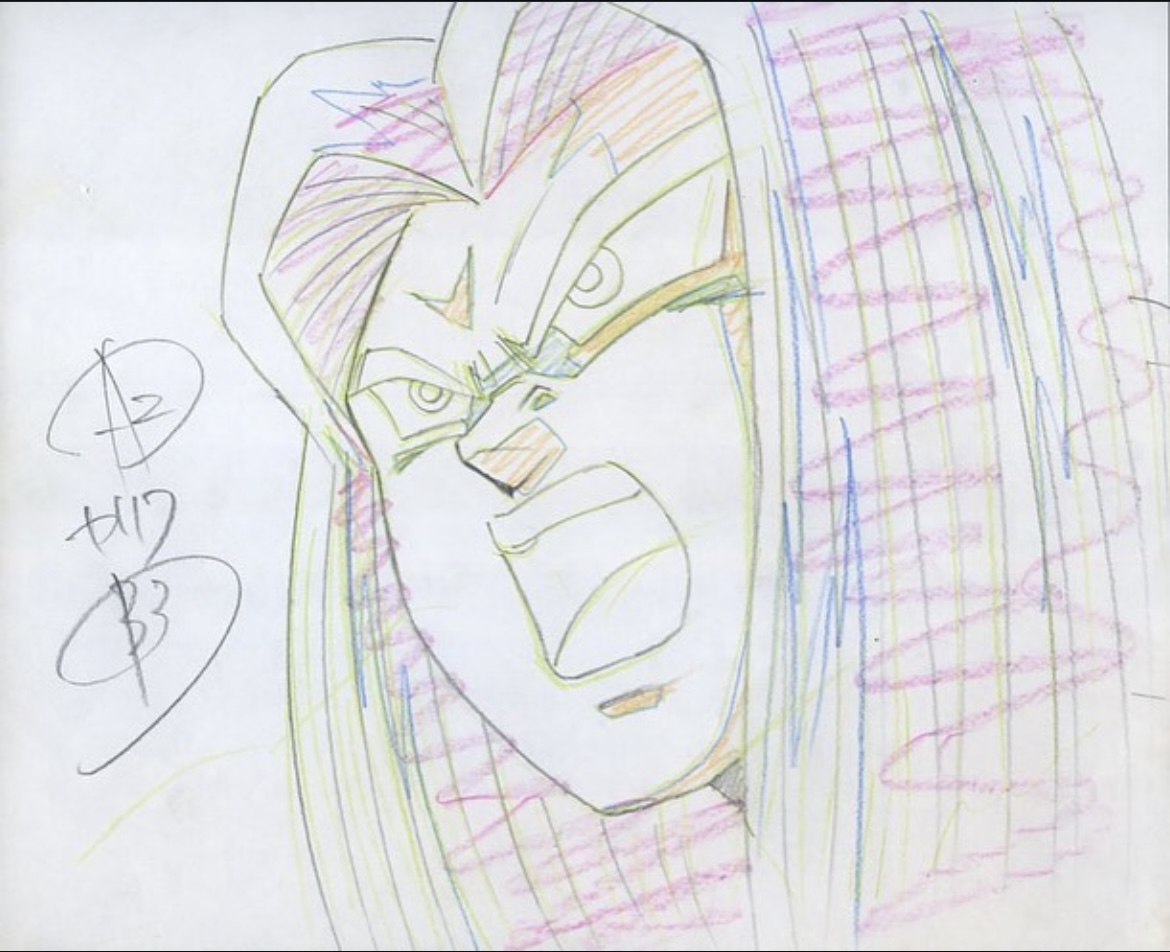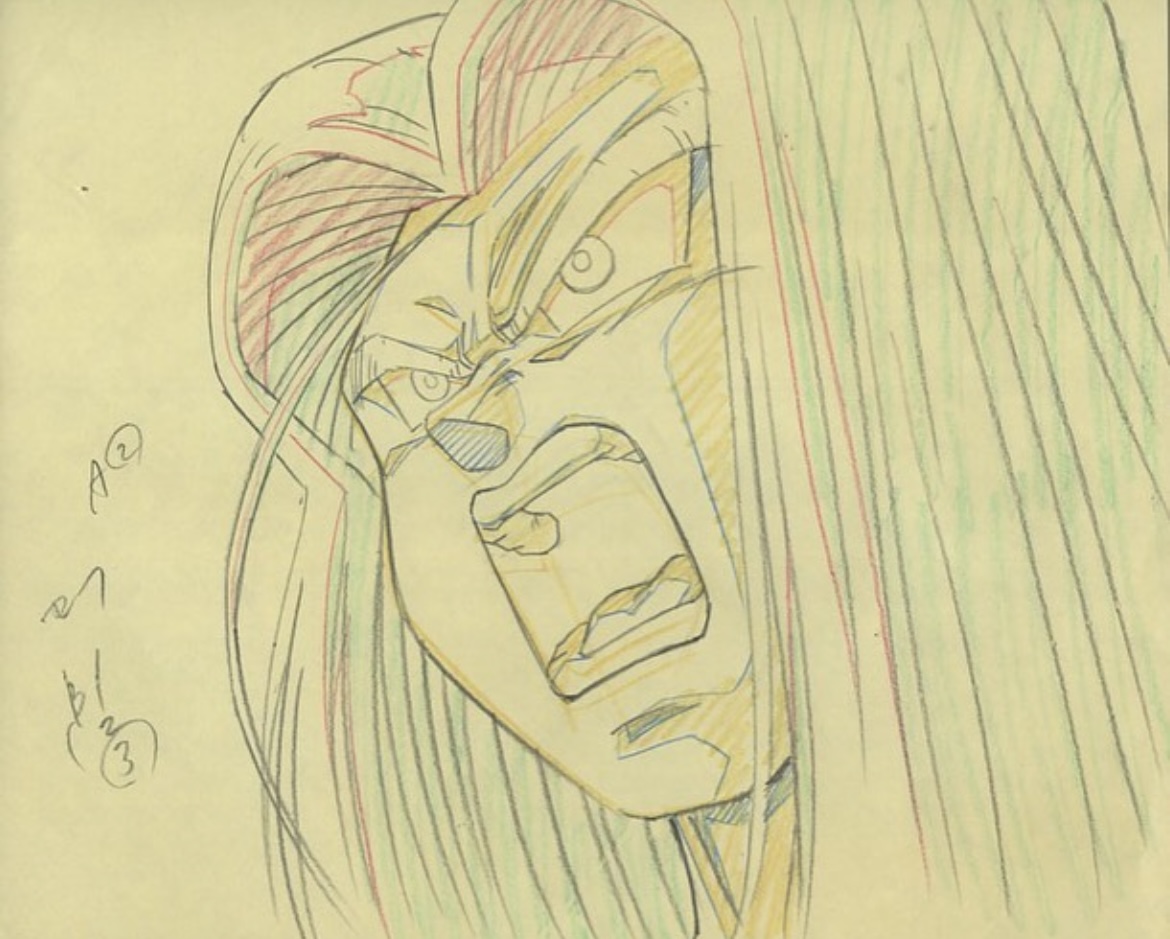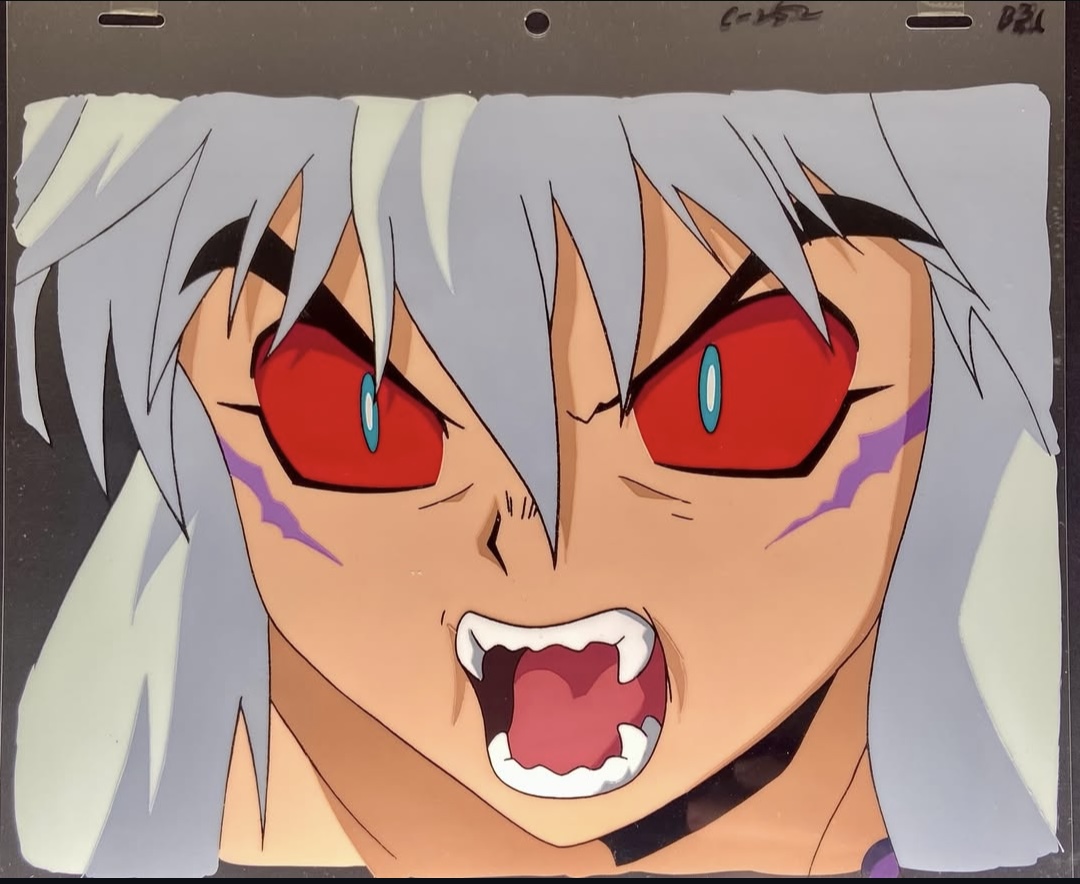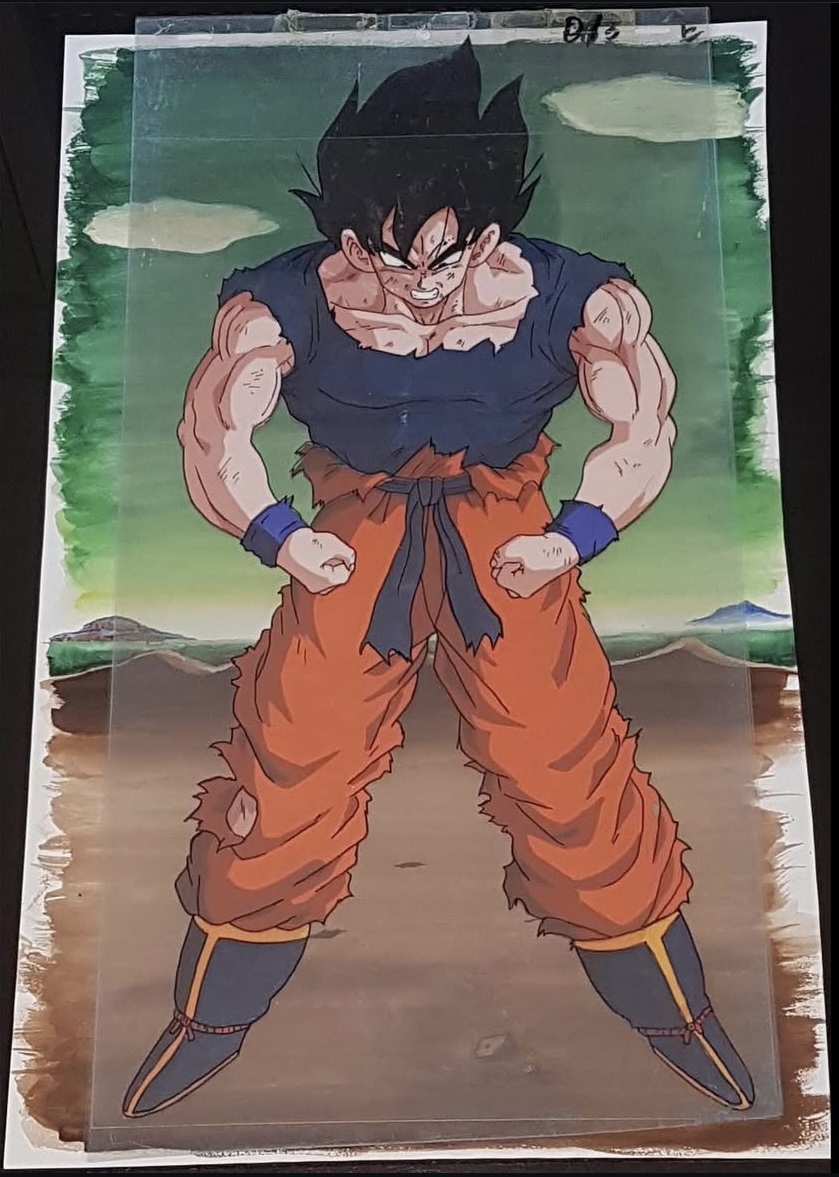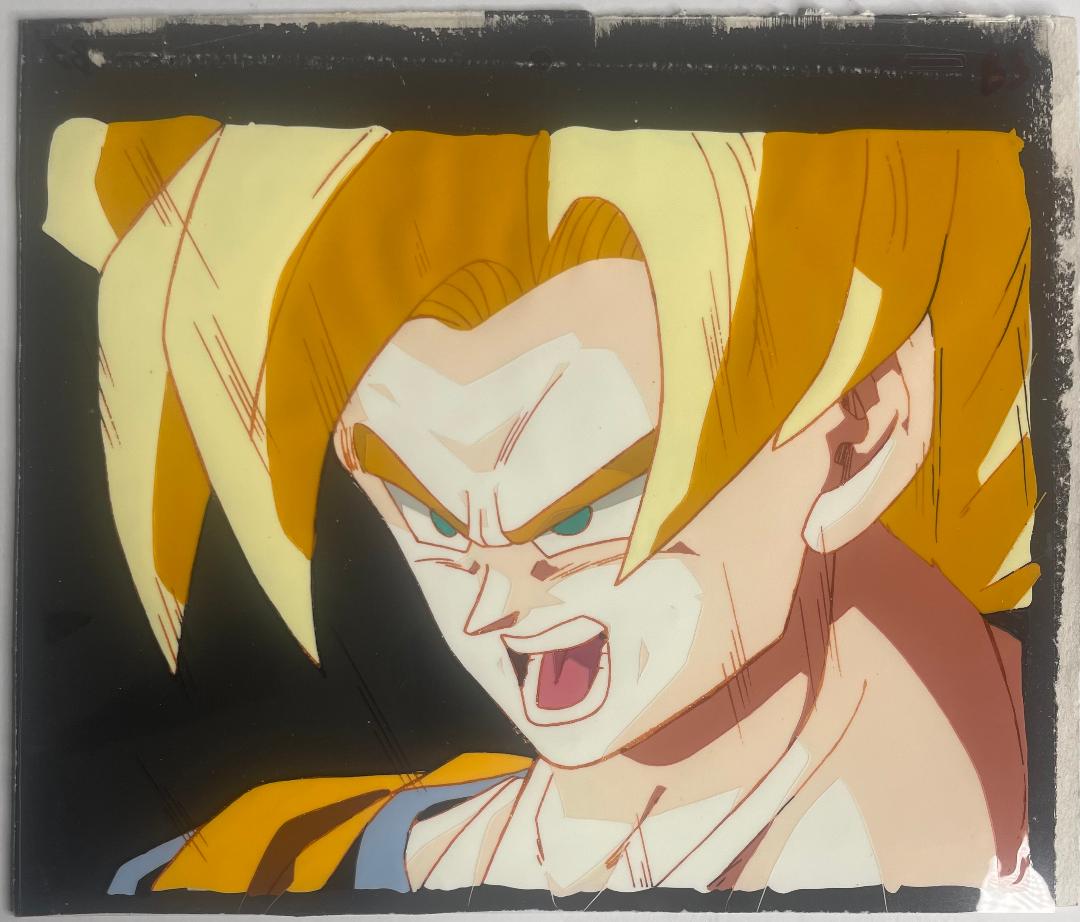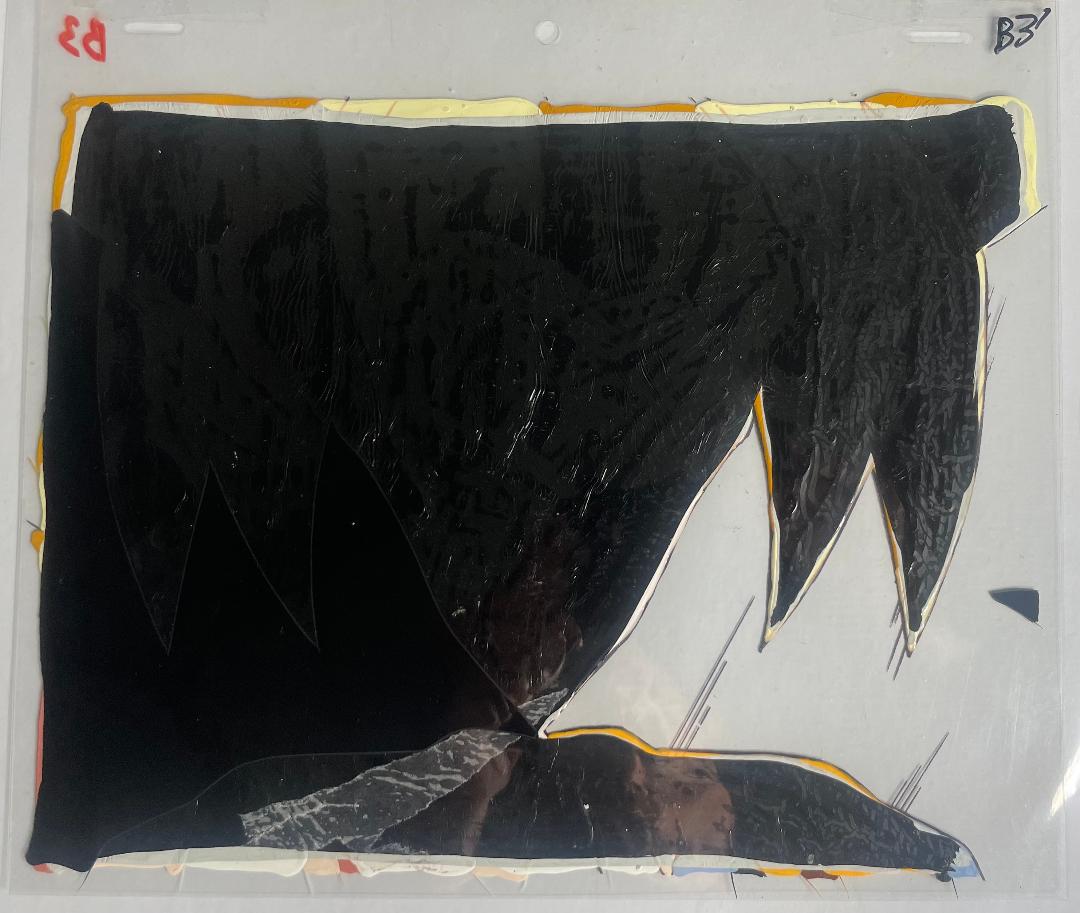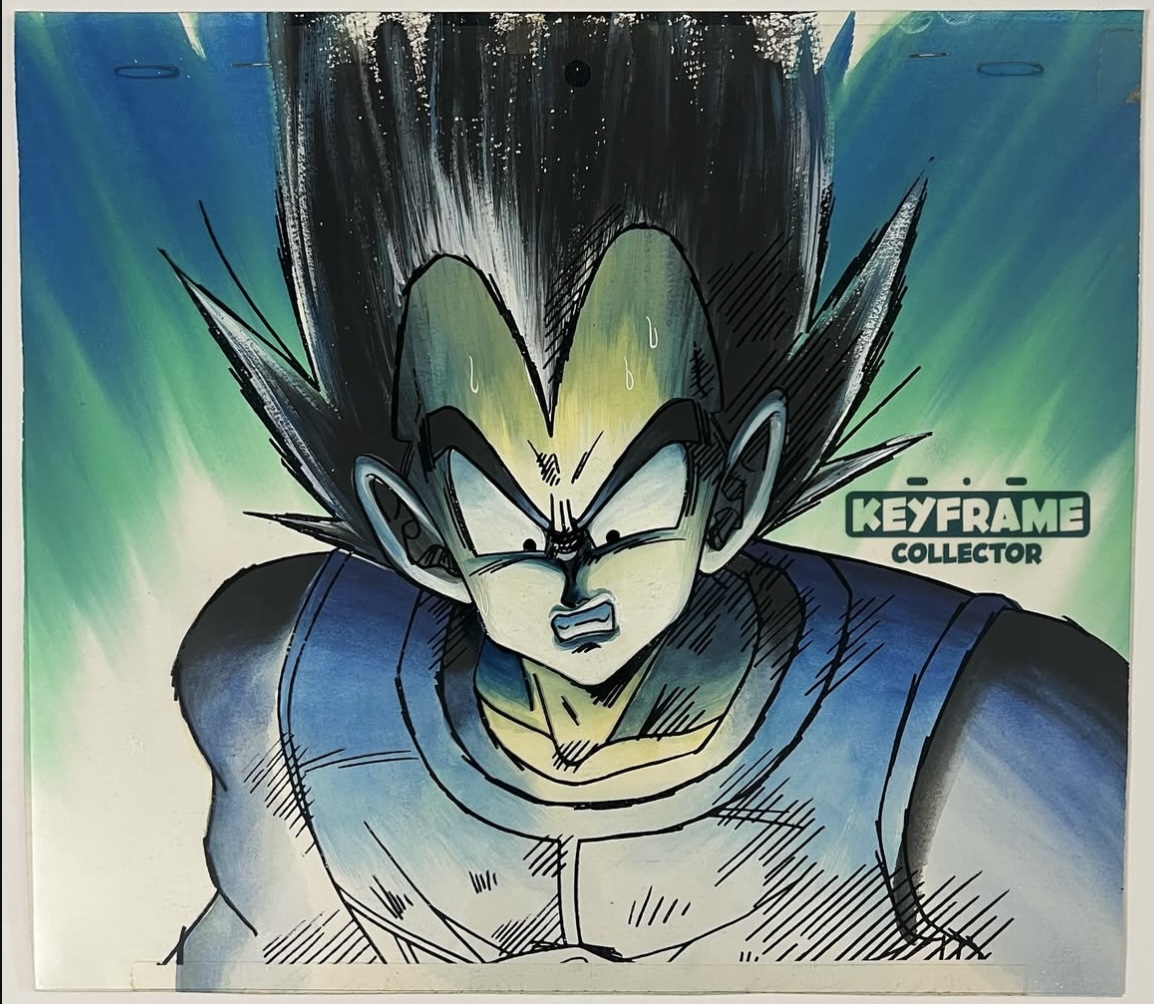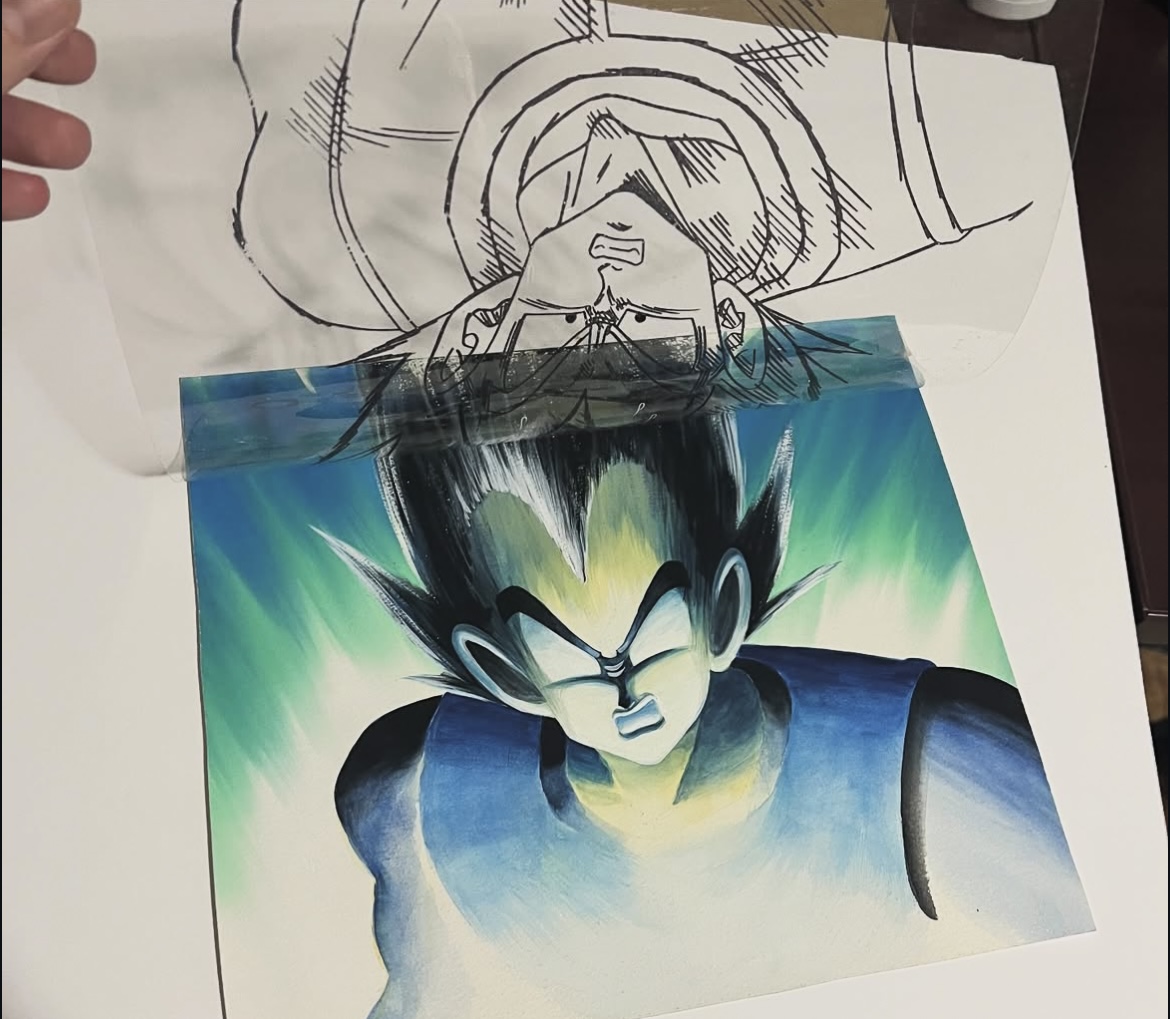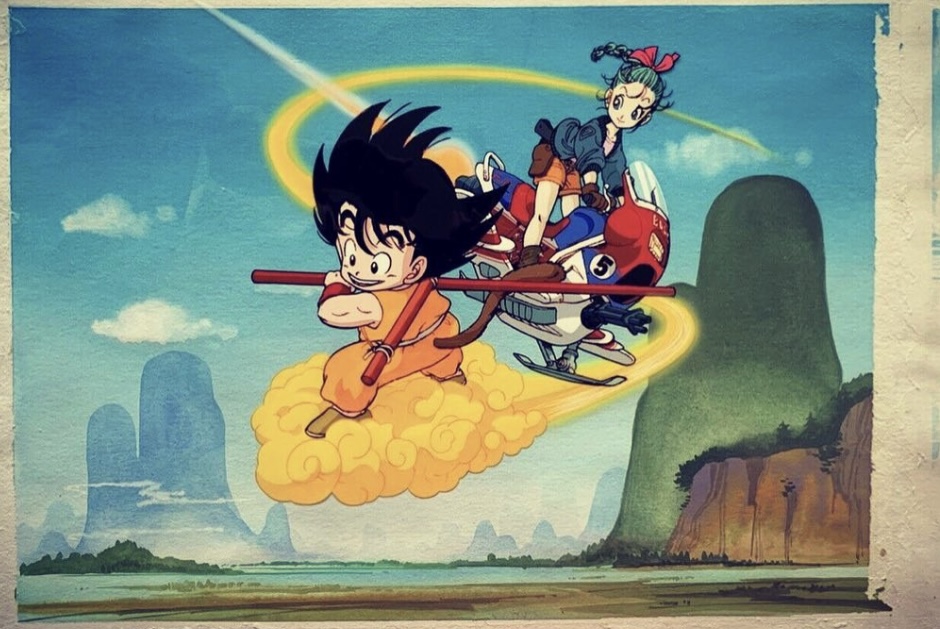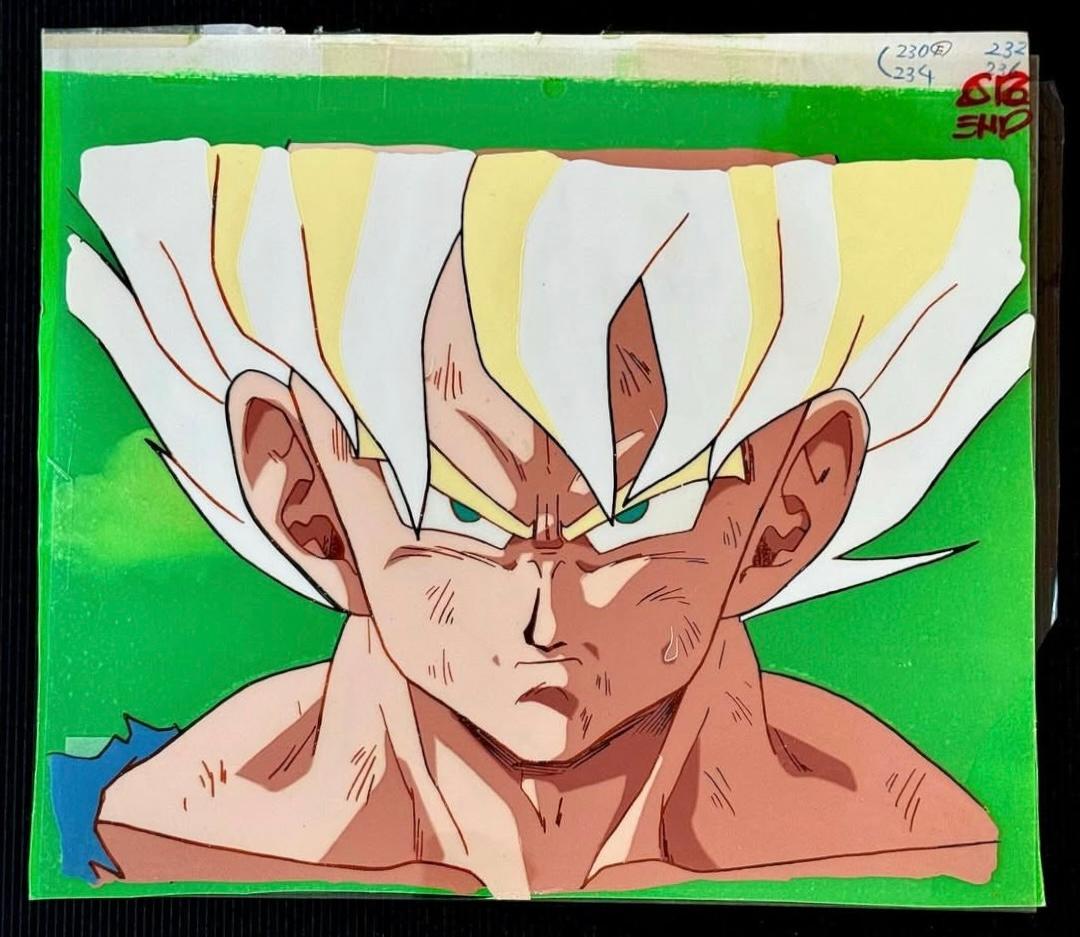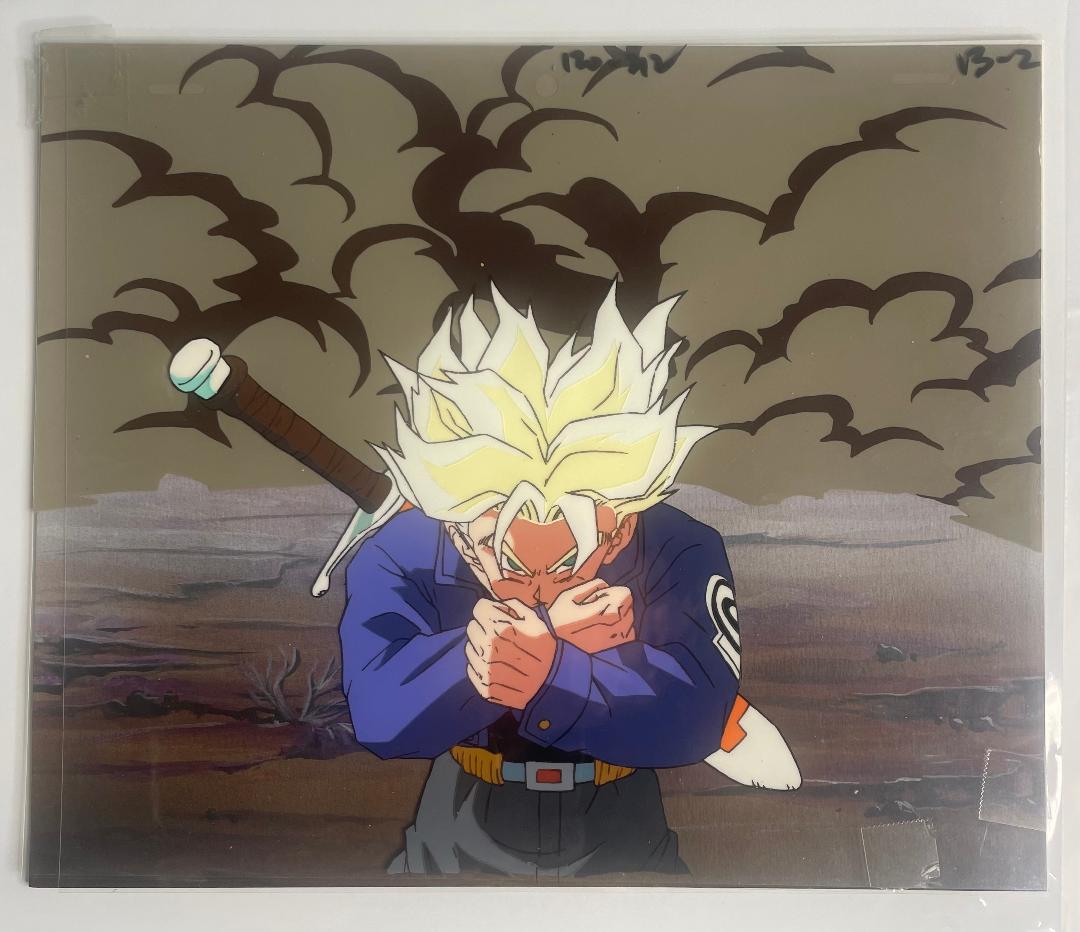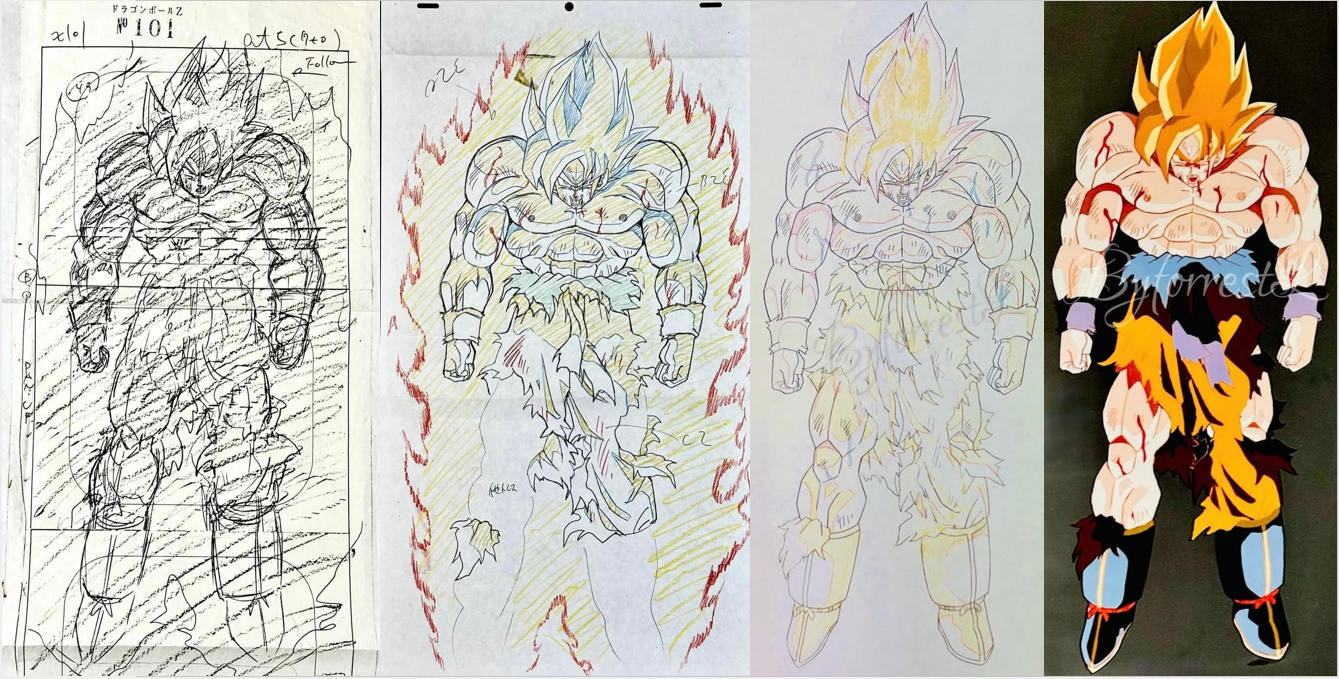Production Art Glossary
Production Script
The production script is the narrative and dialog plan for an episode/film. It drives the storyboard and informs layout, timing, and acting choices downstream.
- Identifiers: episode title/number, scene breakdowns, dialog lines, action notes.
- Collector note: scripts are paperwork provenance; value ties to famous scenes/episodes and creator annotations.
Time Sheet (X‑Sheet / Dope Sheet)
The time sheet (X‑sheet / dope sheet) is the frame‑by‑frame control chart for a shot: timing, dialog phonemes, exposure, layer order, and camera moves. It’s the master reference that ties drawings to exact frames.
Example Video:
https://youtu.be/uZQ4GCdiCuM?si=E43azFIws-FRImzm
- Identifiers: frame columns, dialog syllables, exposure marks, pan/zoom notes, layer letters (A/B/C).
- Use: ensures artwork, camera, and sound are synchronized; essential for screen‑matching and authentication.
Layout (Camera Composition)
Layout is the shot blueprint: camera framing, character placement, and background composition. It establishes what the audience will see before key animation begins.
- Identifiers: scene/cut numbers, camera notes, perspective guides, and background callouts.
- Use: guides genga/douga, background painting, and camera moves; reference for registration and scale.
Genga (Key Animation)
Genga are the key animator’s drawings that establish the pose, acting, and timing of a shot. They’re often looser or more expressive and guide the movement. Collectors value genga for direct insight into the animator’s intent.
Note: Genga are sometimes called “rough,” but many are actually more detailed than douga—showing nuanced facial structure, hair tufts, fabric folds, and intent notes. Clean‑up may simplify these to keep motion readable for in‑betweening and paint.
- Authentication cues: timing charts, camera notes, supervisor corrections, episode/scene/cut numbers, and correct peg punches on studio stock paper.
Douga (Cleaned Production Drawing)
Douga are cleaned-up production drawings created from genga (and layout). A douga typically becomes the exact line art that is transferred to the cel (via ink or xerography) and is what most “matching sketches” correspond to.
- Authentication cues: sequence codes like
A12 (layer + drawing), timing charts, peg type (3‑hole ACME / round) consistent with era, studio stamps/cut numbers, and layout references (LO).
- Context: Douga are cleaned‑up from genga, so micro‑detail may be intentionally reduced for clarity.
Correction Layer (Yellow Shuusei)
Transparent paper (often yellow) overlays used by supervisors to apply fixes on top of genga/douga for proportion, expression, or motion arcs. Clean‑up incorporates these into the final douga.
Cel (Painted Acetate)
The cel is the transparent cellulose acetate painted on the reverse, carrying the final character lines on the front. Cels were photographed over painted backgrounds to produce the finished frame.
- Authentication cues: layer code on the strip (e.g.,
A9, B3), paint behavior consistent with era, correct registration holes, and ability to screen‑match the frame.
Reading Cel Markings
- Layer letter (A, B, C…): stacking order in the shot;
A is often base, higher letters stack above.
- Frame number: index within that layer’s sequence (e.g.,
A9 is the 9th drawing on layer A).
END tag: last cel/drawing in that layer for the cut; numbering can reset on a new cut.- Circles: studio‑dependent; commonly marks a key pose, a hold, or “OK” after correction.
- Suffixes & symbols: primes (
’, ″) may indicate sub‑frames/exposure tweaks; arrows/triangles note pan/zoom alignment.
- FX annotations: notes like
glow, smoke, impact, or color callouts tied to effects passes.
Pan / Oversize Cel
Pan cels are extra-wide for camera movement; oversize refers to larger-than-standard formats. Both are desirable, often rarer, and may need custom storage/display solutions.
SFX Cel (Special‑Effects Cel)
Special‑effects cel where the reverse side is painted fully black (“black‑back”). This blocks light from the background so the painted front reads bolder; used to emphasize the subject or intensify effects.
Harmony Cel
Harmony cels are final composited cels where character paint, shading, and effects are combined on a single cel layer for a specific look. Used for complex or high‑impact shots (lighting, glows, transformations).
Hanken Cel (Presentation / Promotional)
Hanken cels are presentation/promotional pieces created for licensing, posters, covers, or ads—not photographed for the episode, so no on‑screen match.
Key Frame (Key Animation)
Key frames are the major poses that define a shot’s motion and acting. Think start, end and in between moments of significance within an animation sequence. They are drawn by a key animator, set the timing/spacing with charts, and guide the in‑between drawings.
- Why collectors care: direct link to the animator’s intent, iconic poses, and high screen‑match potential.
- How to identify: may be circled or otherwise called out; often accompanied by timing charts, action arrows, and camera notes. Paper, peg punches, and studio stamps should match era/studio.
- Genga vs key frame: “Genga” refers to key animation drawings in general; a key frame is a specific pose within that set. Not all genga are the single extreme pose, but all key frames are part of the genga set.
Background (BG)
The background is a separate painting that sits behind the cel. Because backgrounds were reused or archived, they’re commonly scarcer than character cels.
